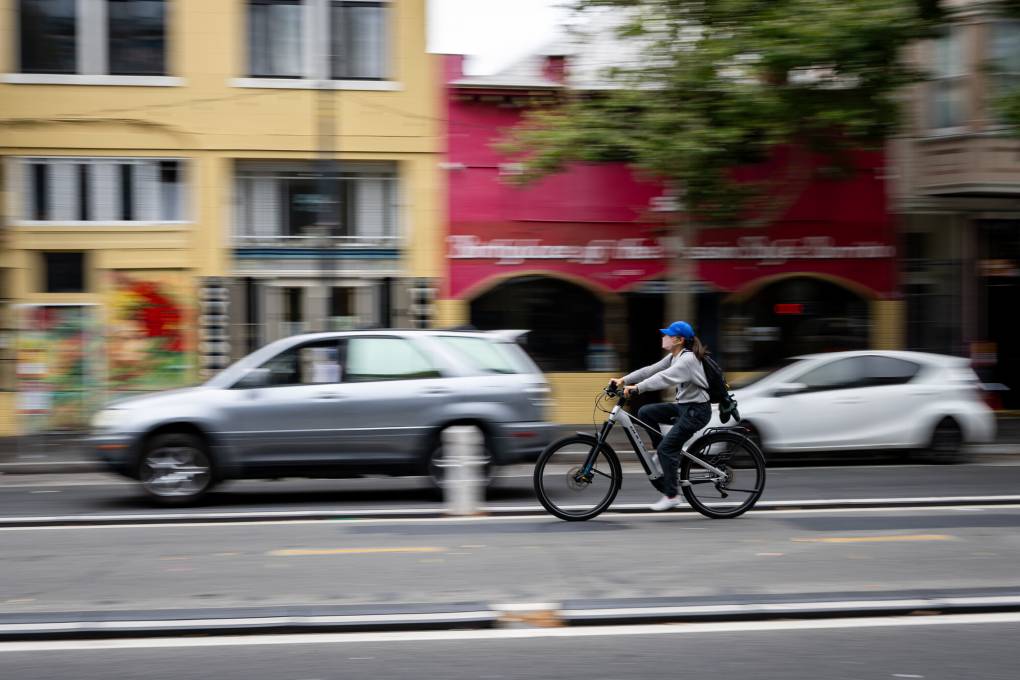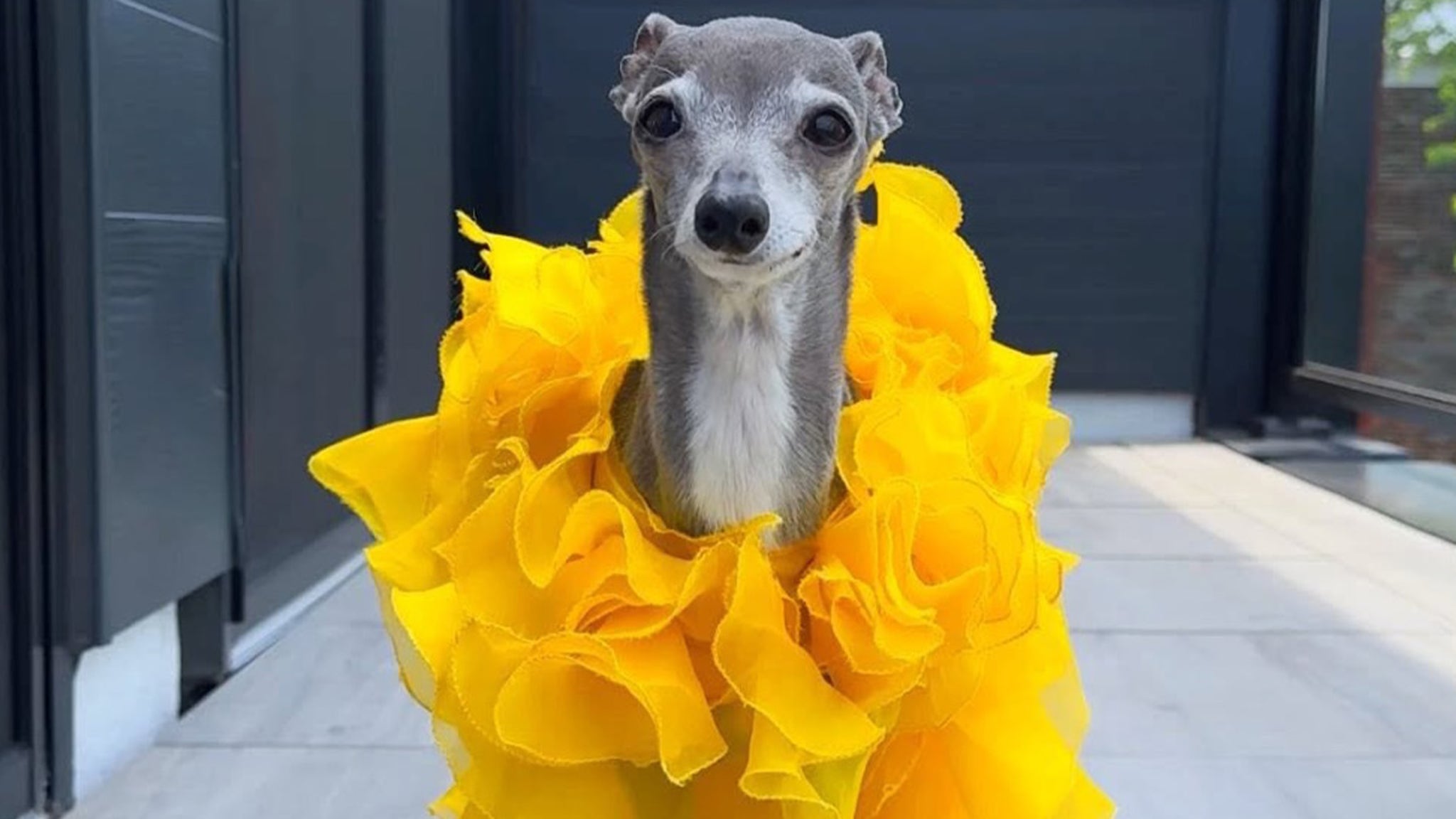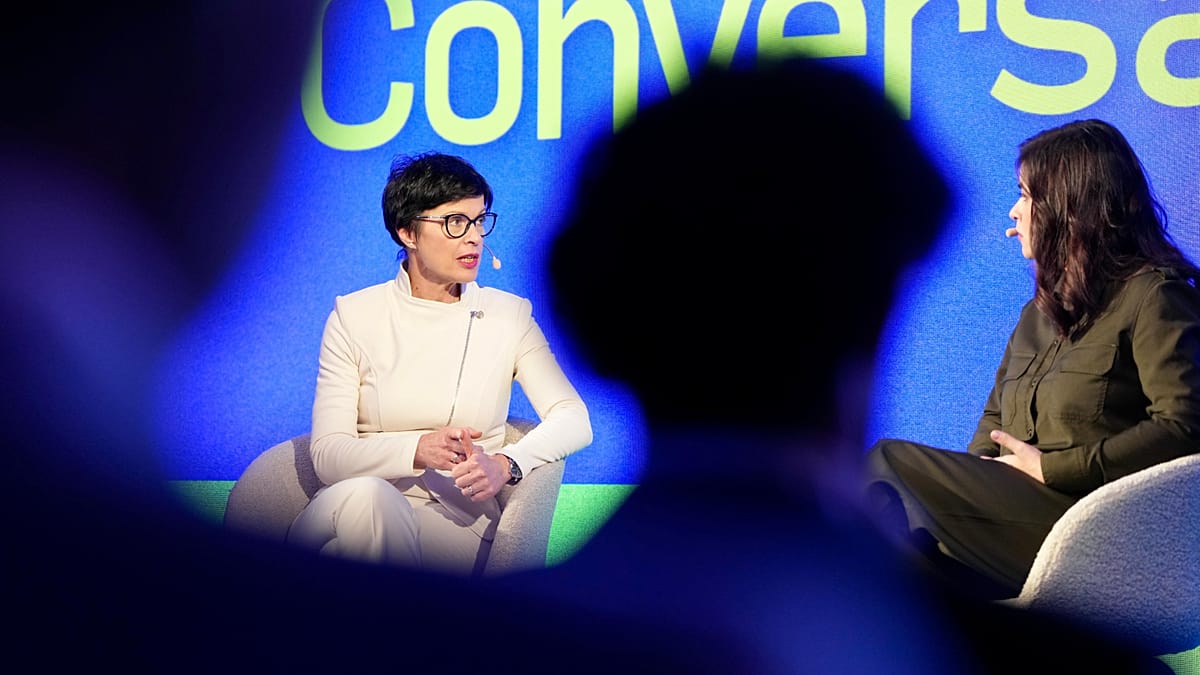July has been defined by heat waves across America. Nowhere was the heat more intense than in Southern California, where Palm Springs set an all-time record high of 124°. Days of blistering temperatures are both unpleasant and potentially dangerous, even for healthy adults. That reality sends people scurrying for any relief they can find, and in California, for many, that includes heading for the coast, where temperatures are less stifling.
This has been the pattern for more than a century. In the 1910s, when temperatures soared, Los Angeles families would camp out at the beach to sleep “on the cool damp sand.” More than a century later, in 2020, when the first COVID-19 lockdown led to beach closures in the midst of a heat wave, journalist George Skelton vigorously protested in the pages of the Los Angeles Times, arguing that going to the beach was a Californian’s “birthright,” a “trade-off for all the quakes, wildfires, mudslides and smog.”
Yet there is no guarantee that Californians — particularly in the hottest parts of the state — will have a beach to go to in another 100 years. Climate change threatens to erode California’s beaches. In 2017, a group of engineers and marine scientists who modeled shoreline response to climate change estimated that sea level rise could cause the complete erosion of “31% to 67% of Southern California beaches.”
The irony of this story is that most of California’s beaches are artificial — man-made — and many were much narrower in their original, natural state. The history of their construction suggests that the only solution to the erosion today is to stop working against nature and start working with it.
In an 1872 memorandum to the U.S. Senate, a member of the U.S. Coast and Geodetic Survey wrote that, when he had visited the bay from Santa Monica to Point Dume, “the high bluffs and cliffs came so sharply to the shore, and the arroyos there so deep that no road was practicable above high water.” In fact, according to A. G. Johnson, beach design engineer for the City of Los Angeles in the 1930s, the bay beaches, “in their natural state, before changes occurred due to activities of man,” had a uniform width of about 75 to 100 feet — a far cry from today’s 500-foot beaches.
A combination of engineering innovation, neglect, lack of scientific understanding of coastal ecology, and, most crucially, chance, spurred the dramatic transformation. In the 1930s, Southern California coastal elites all dreamed of attracting the world’s rich and famous by opening a yacht harbor. Santa Barbara, Santa Monica, and Redondo Beach all made the same mistake: they built a breakwater — essentially an offshore seawall built parallel to the coast — to create calm waters, which would be more hospitable for yachts. The problem was that the wall interrupted the sediment currents in that area. While sand quickly accumulated on the beach north of the breakwater, down south, the beach was starved of sand. Within a few years, all three towns had lost a beach.
The loss reflected how beaches continuously shifted in shape and form — usually growing narrow in the winter and larger in the summer. But construction that disrupted that cycle led to erosion.
Read More: Threatened by Sea Level Rise, This New Jersey Town is Taking Matters Into Its Own Hands
As the beaches shrunk, engineers developed plans to counter the erosion they had created by pumping in sand from nearby dunes. In Los Angeles, the Hyperion dune field provided much needed material. In 1936, Works Progress Administration employees successfully deposited sand from Hyperion on some of Venice’s badly eroded beaches. The operation worked so well that, by the early 1940s, Johnson proposed excavating more sand to enlarge the beach from 75 to 275 feet and use the newly created space to build a coastal highway connecting Santa Monica to Venice.
This plan, however, was judged too risky and abandoned. The yacht harbor fiascos were still too fresh in people’s minds for them to blindly put their trust in engineers. Nowhere had a road of that magnitude been built successfully on artificial strands. In addition, many coastal residents balked at the idea of a highway marring their view of the ocean.
But Southern California’s beaches continued to grow more popular as the region’s population exploded after World War II. That meant severe crowding, and engineers continued to insist that they could solve this problem by making the beaches bigger. They received support from local businessmen and officials who campaigned for beach development and preservation.
The result was colossal beach replenishment operations throughout the 1950s and 1960s, using sand both from the Hyperion Dunes and the ocean floor. In 1948, for instance, the City of Los Angeles spread 14 million cubic yards of sand over six miles of beachfront between Santa Monica and El Segundo. Then, between 1960 and 1963, 10.1 million cubic yards of sand that was dredged up to allow the construction of the gigantic Marina Del Rey harbor was distributed on Dockweiler Beach. Yet, major construction on the coastline became less frequent thereafter, and other sources of sediment had to be found (the dunes had been completely excavated by then). In 1969-1970, a stretch of the Redondo Beach coastline was widened with 1.1 million cubic yards of sand dredged from an offshore source.
In total, between 1945 and the late 1960s, nearly 30 million cubic yards of sand were deposited on the beaches of Santa Monica Bay. And studies in the 1960s showed that, while similar efforts failed elsewhere in the U.S. due to extreme weather and erosion, they worked in Southern California thanks to an array of unique factors. Among them: remarkable stability in terms of weather and temperature patterns, and being spared from sea-level rises experienced on other coastlines due to cold surface waters.
Read More: Rising Seas Are Going to Create a Huge Property Tax Headache for Coastal Communities
While this seemed like a success story — the ultimate in human manipulation of nature — things are now changing rapidly for several reasons. First, the climate cycle that left the waters cold and spared the beaches from sea-level rises has now ended. Additionally, the vast majority of the sand on Southern California beaches came from riverine sediments deposited on the coast during periods of heavy flooding. Yet, as flood-control efforts — including water-supply dams and channelized rivers — took place to protect people and buildings from flooding, they cut off the beaches from their main sediment supply. Environmental regulations also limited the coastal construction that, until the 1970s, had allowed for the dredging of sediments from the seafloor which could be added to the beaches.
The result of these changes has been severe erosion. Municipalities have responded by “armoring” the beaches — building seawalls, jetties, and groins to protect them. This provides some relief in the short term but risks exacerbating beach erosion in the long run or simply displacing it to another part of the coastline. As demonstrated by the breakwater fiascoes of the 1930s, building seawalls always disrupts coastal ecologies.
How can Southern Californians protect their beaches with many earlier options for replenishing or adding sand exhausted? The answer is to learn from the lesson of a century of history: working against nature does more harm to the beaches than good over time. That means ending armoring the beaches and instead implementing a plan for selective managed retreat. That would allow them to wax and wane seasonally, as they used to do before coastal engineering became ubiquitous. Once we stop interfering with hard structures, the natural flow of sediments can return. This, in combination with ongoing pilot projects involving, for instance, growing native plants that trap the sand and allow for dunes to form, will give beaches a fighting chance against sea-level rise.
Safeguarding California’s beaches will also, however, require grappling with the cause of climate change fueling sea rises, especially our dependence on fossil fuels. No beach protection plan will prove successful in the long term without addressing this problem. These are no small tasks, but continuing business as usual will only deliver a future with narrower beaches, if not a beachless future altogether. In Los Angeles, history tells us that we have built those beautiful, vast beaches. But we are now slowly, but surely, destroying them.
Elsa Devienne is assistant professor in history at Northumbria University (UK) and the author of Sand Rush: The Revival of the Beach in Twentieth-Century Los Angeles (2024).
Made by History takes readers beyond the headlines with articles written and edited by professional historians. Learn more about Made by History at TIME here. Opinions expressed do not necessarily reflect the views of TIME editors.

































